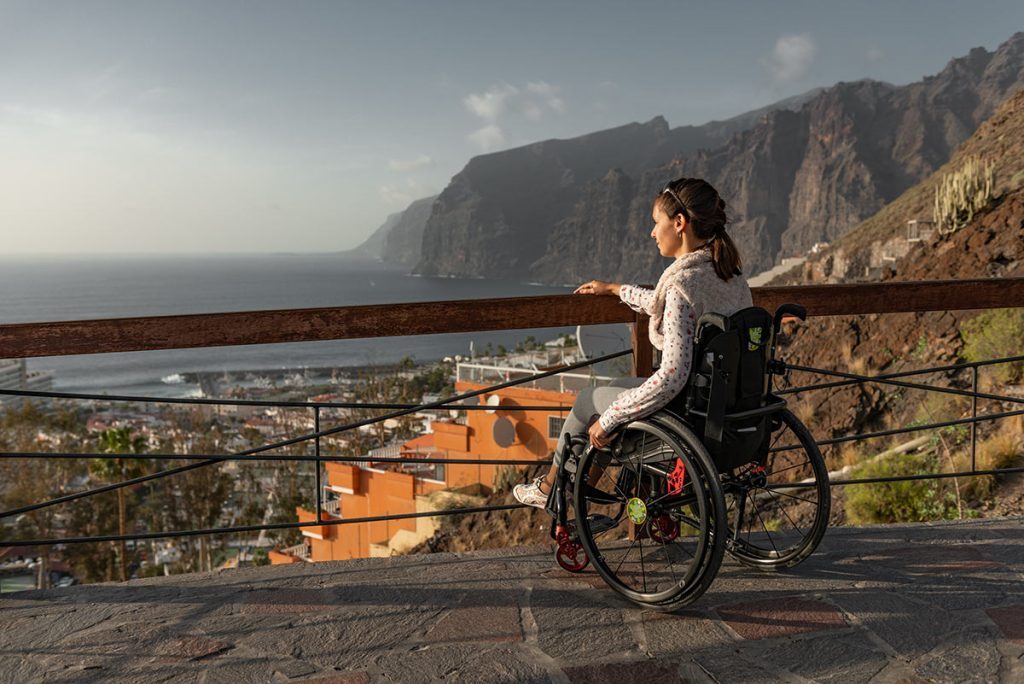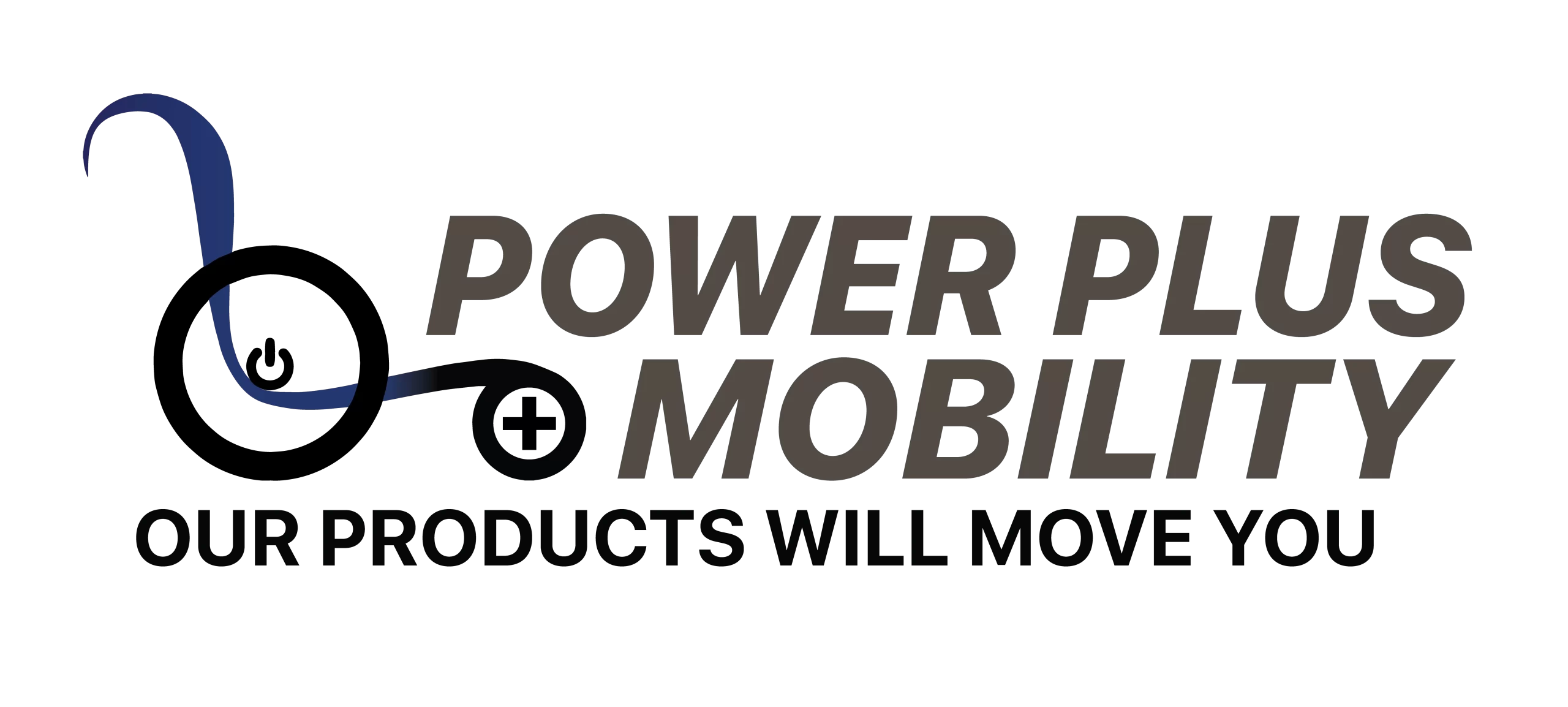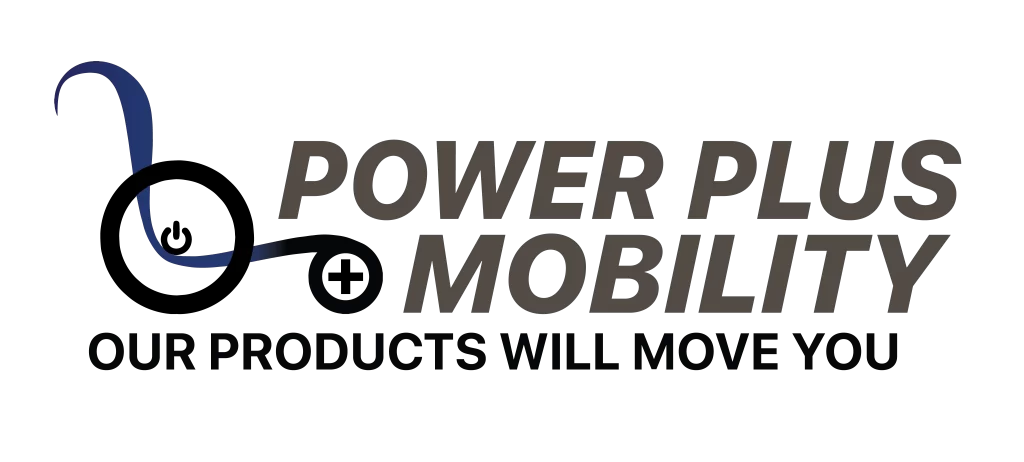
Canada’s breathtaking natural landscapes shouldn’t be off-limits to wheelchair users. From accessible national parks to adaptive sports programs, countless opportunities exist for wheelchair users to embrace outdoor recreation and adventure throughout our beautiful country. At Power Plus Mobility, our commitment to “transcending erstwhile barriers” extends beyond daily mobility to supporting active, adventurous lifestyles that celebrate Canada’s outdoor heritage.
The growing movement toward outdoor accessibility has transformed how wheelchair users experience nature, with improved trail systems, adaptive equipment innovations, and inclusive recreation programs creating unprecedented opportunities for outdoor enjoyment. Whether you’re seeking peaceful nature experiences or adrenaline-pumping adventures, understanding available options and proper preparation helps ensure safe, enjoyable outdoor recreation that enriches your quality of life.
Choosing the right wheelchair for outdoor activities often requires considering features beyond everyday mobility needs, including terrain capabilities, weather resistance, and durability that support adventurous pursuits while maintaining safety and comfort.
Accessible Canadian National and Provincial Parks
Canada’s commitment to accessibility has created remarkable outdoor opportunities within our national and provincial park systems. Parks Canada has invested significantly in accessible infrastructure that enables wheelchair users to experience our nation’s natural wonders firsthand.
Banff National Park offers multiple accessible trails including the Fenland Trail and Sundance Canyon boardwalk, providing stunning mountain views and wildlife viewing opportunities accessible to wheelchairs. The accessible Johnston Canyon lower falls trail demonstrates how thoughtful design can make spectacular natural features available to all visitors.
Ontario’s provincial parks, including Algonquin Park and Killarney Provincial Park, feature accessible campgrounds, fishing platforms, and interpretive trails designed for wheelchair access. These facilities enable multi-day outdoor experiences that connect wheelchair users with Canada’s wilderness heritage.
British Columbia’s Pacific Rim National Park Reserve includes accessible beaches and trails that showcase coastal ecosystems while accommodating mobility equipment. The park’s commitment to universal design creates opportunities for beach access and rainforest exploration that would otherwise be impossible for many wheelchair users.
Preparation for park visits should include researching specific accessibility features, understanding terrain challenges, and planning appropriate equipment that balances outdoor capability with safety and comfort. Proper wheelchair maintenance becomes particularly important before and after outdoor adventures that expose equipment to challenging conditions.
Water-Based Recreation and Adaptive Aquatics
Water activities offer unique recreation opportunities for wheelchair users, with buoyancy reducing physical limitations while enabling movement patterns impossible on land. Canadian waterways provide diverse aquatic recreation options when proper adaptations and safety measures are implemented.
Adaptive kayaking and canoeing programs across Canada enable wheelchair users to experience paddling through specialized equipment and transfer techniques. Organizations like CanoeKayak Canada support adaptive paddling programs that introduce wheelchair users to water sports while ensuring safety through proper instruction and equipment.
Swimming and aquatic therapy programs offer both recreation and health benefits, with many Canadian facilities providing accessible pool entry systems, changing facilities, and specialized programs for people with mobility limitations. Water-based exercise provides cardiovascular benefits while reducing joint stress compared to land-based activities.
Fishing remains one of Canada’s most accessible outdoor activities, with many provinces offering accessible fishing platforms, adaptive equipment, and programs specifically designed for people with disabilities. Ice fishing during Canadian winters creates unique opportunities when accessibility is properly addressed through appropriate equipment and safety planning.
Beach access improvements at Canadian coastal and lakefront locations increasingly accommodate wheelchair users through beach wheelchairs, accessible pathways, and transfer equipment. These adaptations enable wheelchair users to enjoy swimming, sunbathing, and beach recreation previously considered inaccessible.
Adaptive Sports and Competitive Recreation
Wheelchair sports have evolved from therapeutic activities to competitive pursuits that challenge athletes while building community connections. Canada’s adaptive sports infrastructure provides opportunities ranging from recreational participation to elite competition across multiple sports.
Wheelchair basketball represents one of Canada’s most developed adaptive sports, with competitive leagues operating in major cities and recreational programs welcoming new participants. The fast-paced nature and team dynamics create exciting athletic experiences while building fitness and social connections.
Sledge hockey, invented in Sweden but enthusiastically embraced in Canada, enables wheelchair users to experience the excitement of hockey through specialized equipment that allows players to maneuver on ice while handling the puck. Canadian sledge hockey programs range from introductory classes to competitive teams, with Canada’s national team achieving international success.
Wheelchair tennis, rugby, and track athletics each offer unique competitive opportunities, with Canadian programs supporting development from grassroots participation through international competition. These sports demonstrate that wheelchair use doesn’t limit athletic potential but rather redefines how athletic excellence is achieved.
Winter adaptive sports including sit-skiing, wheelchair curling, and adaptive snowboarding enable year-round athletic participation that celebrates Canada’s winter heritage. These activities often require specialized equipment but provide unparalleled opportunities for winter recreation that many wheelchair users assume impossible.
Essential tips for enhancing mobility and independence extend into recreational contexts where adaptive techniques and specialized equipment enable participation in activities that enhance physical health, mental well-being, and social connection.
Trail Accessibility and Backcountry Exploration
Accessible trail development has expanded significantly in recent years, with engineering innovations enabling wheelchair access to terrain previously considered impossible. Understanding trail classification systems and terrain capabilities helps wheelchair users identify appropriate outdoor destinations while planning safe, enjoyable experiences.
Paved and boardwalk trails provide the most reliable wheelchair access, with smooth surfaces enabling easy navigation while protecting sensitive ecosystems. Many Canadian parks have invested in boardwalk systems that traverse wetlands, forests, and coastal areas while maintaining accessibility standards.
Packed gravel trails offer intermediate accessibility, with surface quality and grade determining wheelchair suitability. These trails require more physical effort than paved surfaces but expand outdoor opportunities significantly when proper equipment and assistance are available.
All-terrain wheelchairs and tracked mobility devices enable access to backcountry environments previously impossible for wheelchair users. These specialized devices combine wheelchair seating with tank-like tracks that navigate rough terrain, steep grades, and challenging surfaces. While requiring significant investment and often assistance from operators, these devices open wilderness experiences that redefine outdoor accessibility.
Beach wheelchairs with large balloon tires enable sand navigation that standard wheelchairs cannot accomplish. Many Canadian beach communities and provincial parks offer beach wheelchair rentals that make coastal recreation accessible without requiring personal equipment investment.
Urban Outdoor Spaces and Accessible Gardens
Cities across Canada have developed accessible outdoor spaces that provide nature experiences without requiring backcountry travel. Urban parks, botanical gardens, and waterfront developments increasingly incorporate universal design principles that welcome wheelchair users while celebrating urban green spaces.
Toronto’s waterfront revitalization includes extensive accessible pathways, parks, and recreational facilities that enable outdoor enjoyment without leaving the city. Similar developments in Vancouver, Montreal, and other Canadian cities demonstrate growing commitment to inclusive outdoor access.
Botanical gardens and arboretums typically feature accessible pathways that enable horticultural appreciation while accommodating mobility equipment. These designed landscapes provide peaceful outdoor experiences with reliable accessibility that unpredictable natural environments may not offer.
Community gardens increasingly include accessible raised beds and pathways that enable wheelchair users to participate in gardening activities. These programs provide outdoor recreation combined with food production and community connection that enriches participants’ lives beyond simple outdoor access.
Equipment Considerations for Outdoor Recreation
Outdoor recreation often demands equipment modifications or specialized features beyond everyday wheelchair requirements. Understanding these needs helps ensure safe, enjoyable outdoor experiences while protecting equipment investment.
All-terrain tires and wheel configurations provide enhanced traction and obstacle clearance that standard wheelchair wheels may not offer. These modifications enable navigation on unpaved surfaces, grass, and moderate terrain while maintaining control and safety.
Weather protection including fenders, rain covers, and protective coatings help safeguard wheelchairs during outdoor activities where exposure to moisture, mud, and temperature extremes could damage components or compromise safety. Canadian weather conditions make these protections particularly valuable for year-round outdoor recreation.
GPS and communication devices enhance outdoor safety for wheelchair users venturing into less developed areas where emergency assistance might be needed. Personal locator beacons and satellite communicators provide safety assurance when cell coverage may be unavailable.
Understanding when to upgrade your wheelchair may involve recognizing that outdoor recreation goals exceed current equipment capabilities, potentially justifying investment in specialized equipment that supports active lifestyle aspirations.
Safety Planning and Risk Management
Outdoor recreation involves inherent risks that require thoughtful planning and preparation, particularly for wheelchair users who may face unique challenges in remote or challenging environments.
Trip planning should include researching route accessibility, weather forecasts, emergency services availability, and backup plans for equipment failures or unexpected challenges. Sharing trip details with others ensures that help can be summoned if problems arise during outdoor adventures.
Emergency equipment including repair tools, first aid supplies, and emergency communication devices should accompany outdoor recreation, with specific items tailored to planned activities and anticipated challenges. When wheelchair repairs are needed in remote locations, basic repair capabilities can mean the difference between minor inconvenience and serious safety issues.
Companion assistance may enhance both safety and enjoyment during outdoor recreation, particularly in challenging terrain or unfamiliar environments. Building outdoor recreation skills gradually allows confidence development while minimizing risk during learning processes.
Community Resources and Adaptive Recreation Programs
Numerous Canadian organizations support outdoor recreation for wheelchair users through equipment lending, guided programs, and community connections that facilitate outdoor access and skill development.
Provincial adaptive sports organizations coordinate programs, competitions, and training that introduce wheelchair users to various outdoor activities while connecting participants with supportive communities. These organizations often provide equipment access and instruction that lower barriers to outdoor recreation participation.
Disability advocacy groups including the Canadian Paraplegic Association and provincial accessibility organizations maintain resources about outdoor accessibility, including trail databases, equipment recommendations, and program directories that help wheelchair users identify recreation opportunities.
Social media groups and online communities enable information sharing about accessible locations, equipment experiences, and trip planning advice specific to wheelchair users’ needs. These informal networks provide valuable peer support and practical guidance that official resources may not offer.
The Power Plus Mobility Outdoor Recreation Advantage
Our wheelchairs are built for Canadian conditions, meaning they can handle diverse terrain, weather extremes, and demanding use that outdoor recreation often requires. Quality construction ensures reliability during activities where equipment failure could compromise safety or ruin carefully planned adventures.
Proper cleaning protocols become particularly important after outdoor recreation that exposes wheelchairs to dirt, moisture, and debris that could damage components if not properly addressed.
Embracing Outdoor Adventure
Outdoor recreation enriches lives through physical activity, natural beauty appreciation, and adventure experiences that build confidence while connecting people with Canada’s magnificent landscapes. Wheelchair use doesn’t preclude outdoor adventure but rather requires thoughtful planning, appropriate equipment, and willingness to explore adapted activity approaches.
At Power Plus Mobility, we celebrate customers who embrace active lifestyles that extend beyond daily mobility to include recreation, sports, and outdoor adventures. Our wheelchairs support these aspirations through quality construction and reliable performance that empowers users to explore their full potential.
Ready to explore outdoor recreation possibilities with wheelchair equipment built for Canadian adventures? Contact Power Plus Mobility to discuss how our wheelchairs can support your active lifestyle while providing the reliability and performance that outdoor recreation demands.
To visit our social media, please click on Facebook and Instagram




